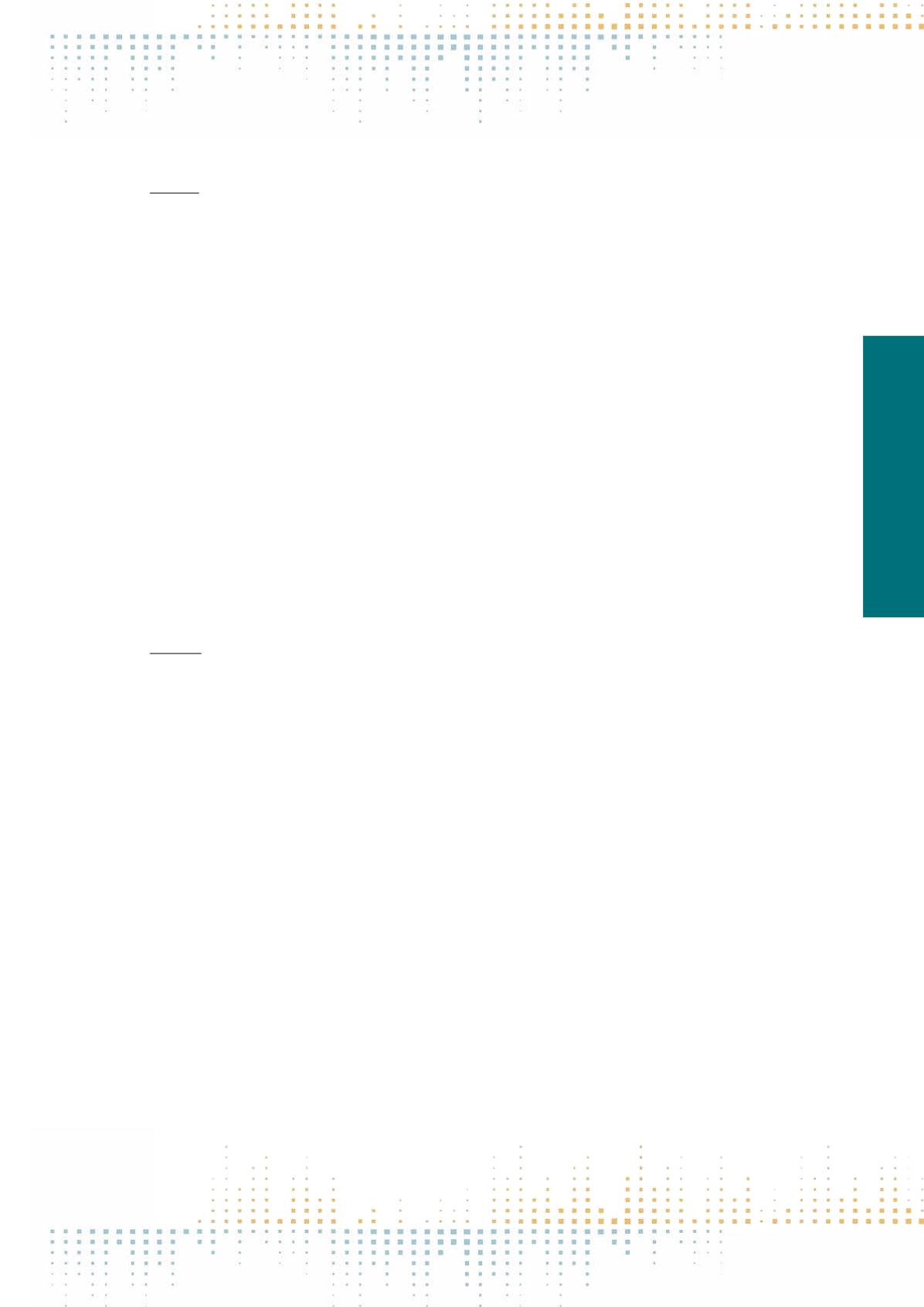

365
Thursday, November 10
1 4 : 3 0 – 1 6 : 0 0
PP 147
“I Am Shocked – Not as a Journalist but as a Fan” − A Field Theoretical Study on the Use of Social Network Sites by Next Generation
Journalists
H. Michael
1
, A. Haller
1
1
University of Bamberg, Communication Studies, Bamberg, Germany
Lasora et al. (2012) are representative for a recent trend in journalism studies. A large-scale quantitative content analysis forms the basis for examining how
mainstream journalists negotiate professional norms and practices with their presence on Twitter. However, their sample excludes journalists-in-training
and younger free-lancers who may have a vested interest in challenging ideological norms associated with mainstream journalism. To better understand
interactions between journalists-in-training, free-lancers, and directly employed staff, we suggest analyzing social network sites (“SNS”, Boyd & Ellison
2008). Following a field theoretical approach, SNS can be conceptualized as a“space of …position-takings”(Bourdieu 1993: 31) where the strategies that
each agent employs to defend or improve their positions within the field can be observed. We argue that journalists-in-training and free-lancers use SNS to
improve their position in the journalistic field as they struggle with hierarchical social relations largely determined by the newsroom-specific professional
habitus of directly employed staff (Lasora et al. 2012). The study design is an explorative qualitative content analysis. Our sample is selected along the pow‑
er-poles of the journalistic (sub)-field (Meyen et al. 2011: 149), i.e. young journalists of the yellow press, the quality press, and the local press which has,
after all, the highest circulation rates in Germany. These representative units offer typical cases (Brosius et al. 2009: 83–84) of young journalists in a modern
media environment. The content analysis is based on the following analytic dimensions: 1)Type of topics: We will analyze if the content of the Tweets is
journalistic and / or private. It is assumed that journalists-in-training as well as freelancers tweet more sensational issues than directly employed journal‑
ists. 2)Level of interaction: How do young journalists use SNS to interact with their followers? 3)Type of followed accounts: Since young journalists strive
for better positioning in the journalistic field, it is expected that they follow more media companies and other journalists than their directly employed
colleagues. We will investigate if that assumption is valid. Which type of journalists and newsrooms are followed (e.g. online-offspring of print media or
online-only media)? A secondary aim of our study is to provide a theoretical grid for future investigation of SNS use by journalists through quantitative as
well as qualitative research designs. References: Boyd, Danah M.; Ellison, Nicole B. (2008): Social Network Sites: Definition, History, and Scholarship. In: Jour‑
nal of Computer-Mediated Communication (13), pp. 210–230. Bourdieu, P. (1993): The Field of Cultural Production. New York: Columbia University Press.
Brosius et al. (2009): Methoden der empirischen Kommunikationsforschung. Eine Einführung. Wiesbaden: Springer VS. Lasora, D. et al. (2012): Normalizing
Twitter. In: Journalism Studies, 13.1, 19–36. Meyen, Michael et al. (2011): Qualitative Forschung in der Kommunikationswissenschaft. Eine praxis-orien‑
tierte Einführung. Wiesbaden: Springer VS.
PP 148
Internships and Building a Career in Brazilian Journalism
F.H. Pereira
1
1
University of Brasilia, Faculty of Communication, Brasília – DF, Brazil
In this article, I will review the role of internships in the career of Brazilian journalists who currently work in Brasilia.The internships represent a phase within
the career of journalism. They are learning stages and would provide practical experience for the professional world; one of the mechanisms that would
allow the individual to foresee any uncertainties in the labor market and guarantee (or facilitate) their entry into the profession. Journalism internships
were banned in Brazil, in 1979, under Law 83.284 of the Presidency of the Republic. There was a lot of pressure from business owners and from the students
themselves to change this, and it was in the 1990s that internships were once again being undertaken and basically became essential for journalists. A
survey conducted by Mick and Lima (2013) shows that only 23.7% of active journalists in 2012 had not taken an internship. As of 2013, the National Curric‑
ulum Guidelines for undergraduate programs in journalism approved and made supervised internships mandatory for all courses throughout the country;
colleges have until 2016 to implement this change. This study is based mainly on biographical in-depth interviews with 32 journalists currently working
in Brasilia. The interviews were conducted between 2012 and 2014. In order to build a universal analysis representative of journalism careers in Brazil, I
chose professionals from different generations and of different ages who had started working in journalism in the 1970s, 1980s, 1990s, 2000s and 2010. I
also worked with a wide variety of professionals (reporters, producers, and editors), positions (from interns to senior management) and media (print, radio,
TV, Internet). An initial observation was made on the status that comes with the internships. More than just a learning and preparation experience, these
experiences make up a career of socializing in journalism and managing the uncertainty of future journalists in newsrooms. Internships are also telling
of the transformations in journalism. The practically mandatory inclusion of them in a career shows how uncertain the profession is. The streamlining
of the hiring process for interns in some more reputable media companies is evidence of increased competition in journalism: you currently have to go
through a rigorous selection process just to become a "mere" intern in a prestigious media company.This scenario also refers to changes in newsroom hiring
procedures which tend to "formalize" this process - which could be seen as increased power for HR sectors in newspaper companies. References Mick, J. &
Lima, S. (2013). Perfil do Jornalista Brasileiro. Florianópolis, Brazil: Insular.



















